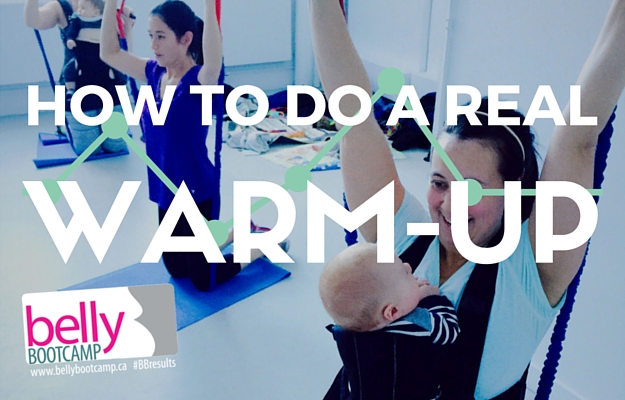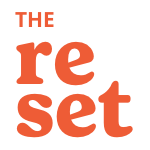
Admit it. You hate warming up. I hate warming up. That lady who runs past your front window every morning at 6:30 a.m. and makes it all look so easy — she hates warming up too.
There are two kinds of warm up for most of us:
1. You are chomping at the bit, just want to run/lift/move as fast as you can and don’t have the patience to warm up.
2. You are dragging your ass, your muscles & joints are cold, your brain is just not into it and you don’t want to do any of it, let alone tack on 5-10 minutes to warm up.
Sound at all familiar? Well, suck it up, mama. No one likes flossing either…but you do that, don’t you?
There are a lot of reasons to warm up that body before a work out:
- raise body temperature to warm muscles & connective tissues (warmer = stretchier)
- warm and lubricate joints for ease of movement and less injury/pain
- raise heart rate and respiration slowly to the level required for your upcoming exercise
- mentally prepare for the task ahead
- activate the pathways between the brain & muscles, and “rehearse” upcoming movements
A warm up shouldn’t exhaust you. It should be a combination of large muscle movements, ideally using all of the muscles you intend to use in the main portion of your workout.
Once you know how to warm up, you stop seeing it as a chore and see it as an equally important part of your workout.
HOW TO DESIGN A WARM UP.
We recommend you begin each warmup with a few focused, deep core breaths to engage your abdominal and pelvic floor tissues.
If you’ve got a full-body strength training session planned, a simple warm up could include:
2-5 minutes walking, jogging, running stairs 30 seconds of light push ups (against the wall or on a countertop or table if you are pregnant, or just getting started after baby, or from the knees for more advanced mamas) 30 seconds of bodyweight squats 30 seconds of jumping jacks or arm swings
If you’ve got a cardio session planned—let’s assume it’s the average walk, jog, bike ride or —your warm up could involve:
2-5 minutes doing your chosen cardio at a slow, calm pace 30 seconds of calf raises 30 seconds of walking lunges 30 seconds of shoulder swings
WHAT DOES A WARM UP NOT INCLUDE?
Stretching.
Well, that’s not entirely true. Dynamic stretches like leg and arm swings or yoga flows are a fantastic way to move through a large range of motion. This means allowing your joints to move fully and to the utmost of each direction, smoothly and generally in large motions.
A static, or “held” stretch, like a forward bend or doorway chest stretch, is best reserved for the end of your workout. In fact, several studies document the fact that static stretching does not help the body prepare for a workout and can even inhibit your ability to effectively do powerful movements, like jump squats or sprints.
Check out some of our BB mamas enjoying a partner warmup combo: lunge hold with punches! More ideas to get creative below.
NEED MORE IDEAS?
Think of your warm up as a rehearsal for the upcoming workout and you’ll find there are tons of ways to warm up creatively. Just a few more ideas to get your warm up creative juices flowing:
- step ups on a stair
- push ups on a stair
- calf raises
- shoulder circles
- leg swings
- single leg hops
- double leg hops
- high knees (in place or traveling)
- butt kicks (in place or traveling)
- backward lunges
- backward jogging
You could even try a full-body yoga sequence like this sun salutation to ease you into your workout!
WHEN IS YOUR WARMUP OVER?
Warm up haters, when are you allowed to move on? You’ll know you’re warmed up when you get that sense that you’re through the worst of it and have the feeling that you are truly ready to go. Your entire body should feel tingling with activity. You’ll be warm, slightly sweaty, breathing a little heavier and you should feel generally numb and comfortable.
You could also be drunk. When in doubt, ask yourself, Did I just (a) perform several minutes of effective, large movements to prepare myself for exercise; or (b) ingest alcohol?
If the answer is (a), you’re ready to work out!
